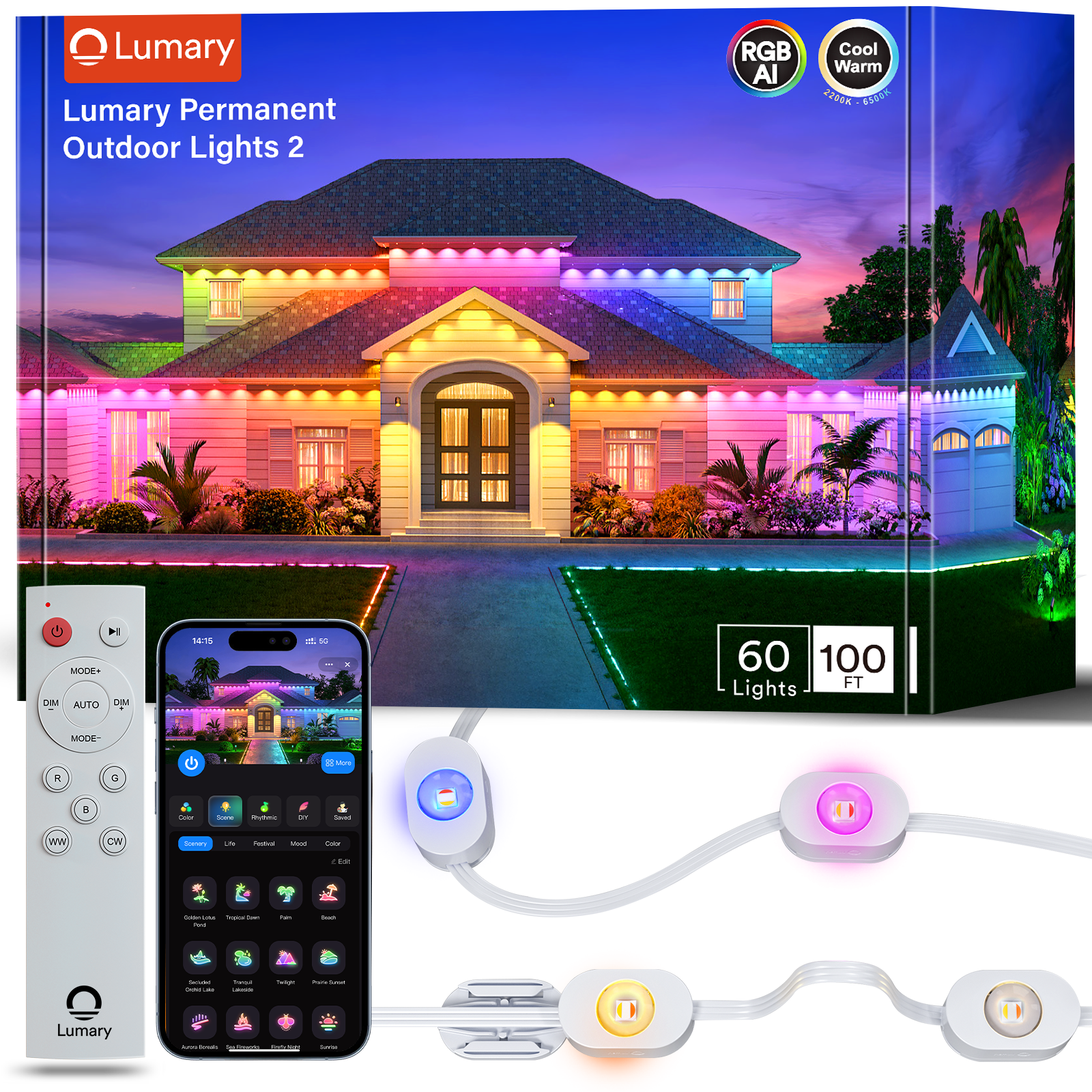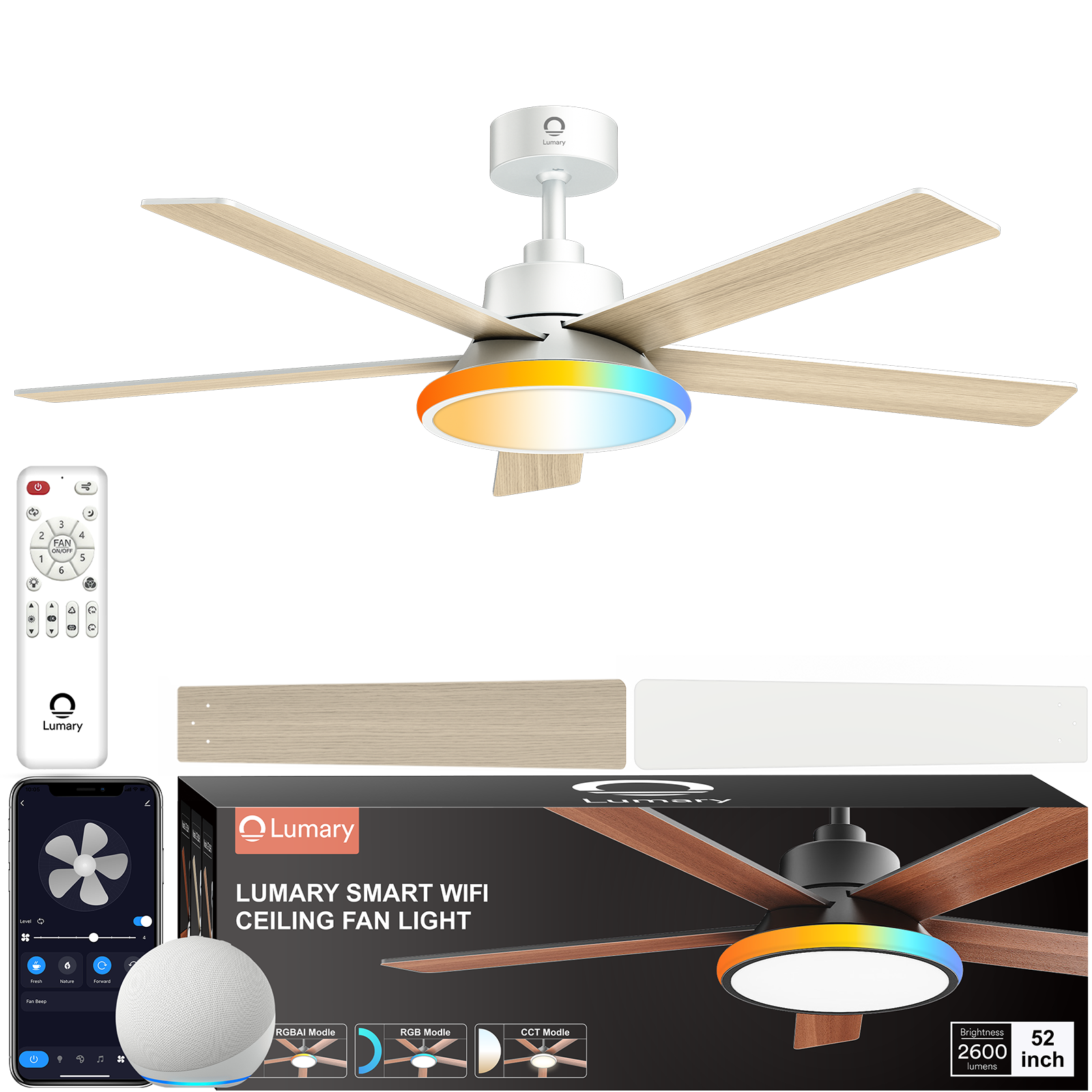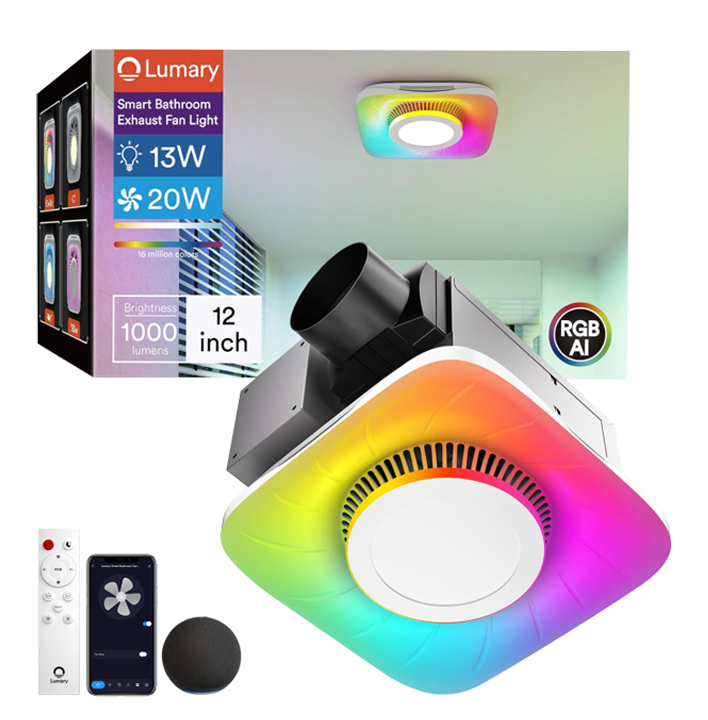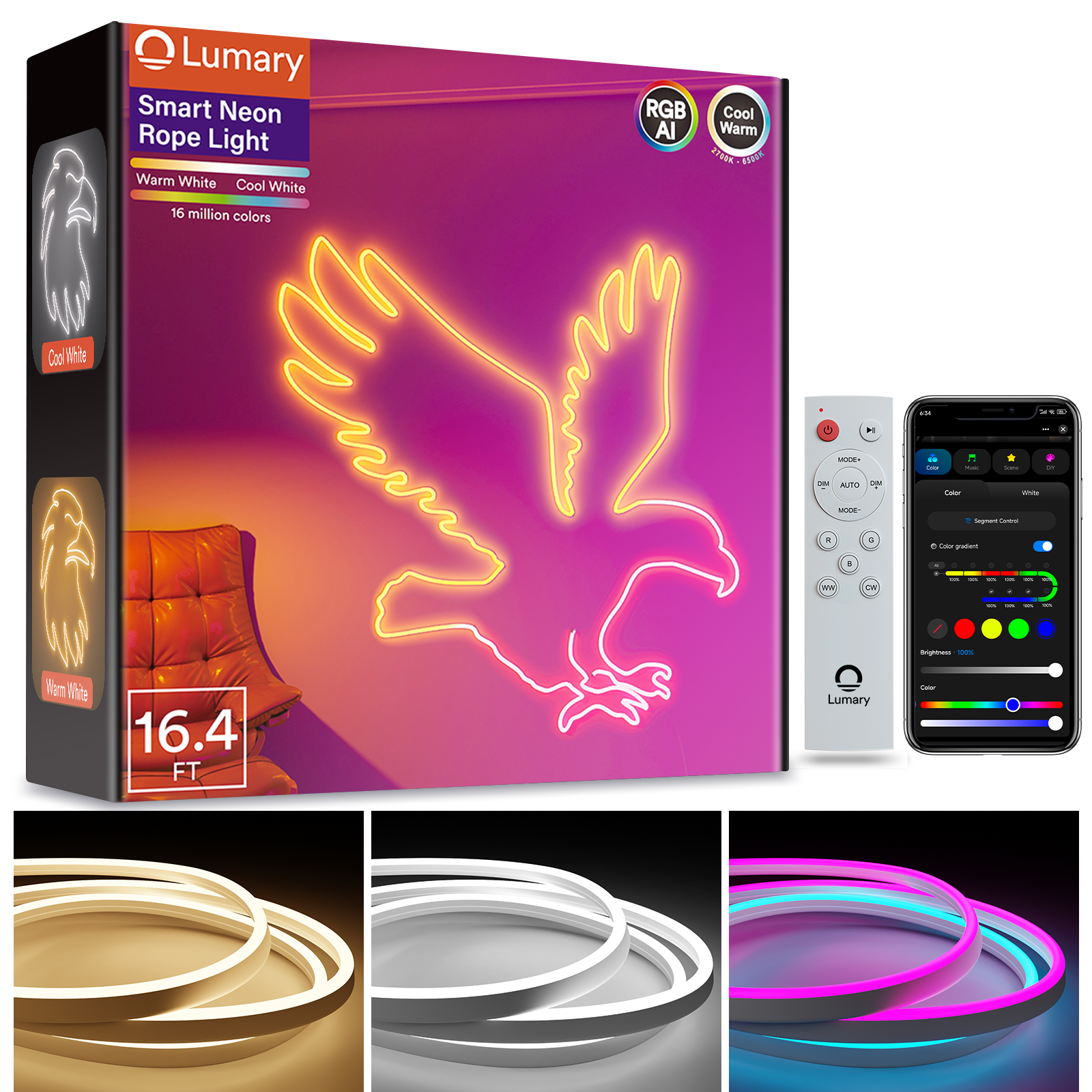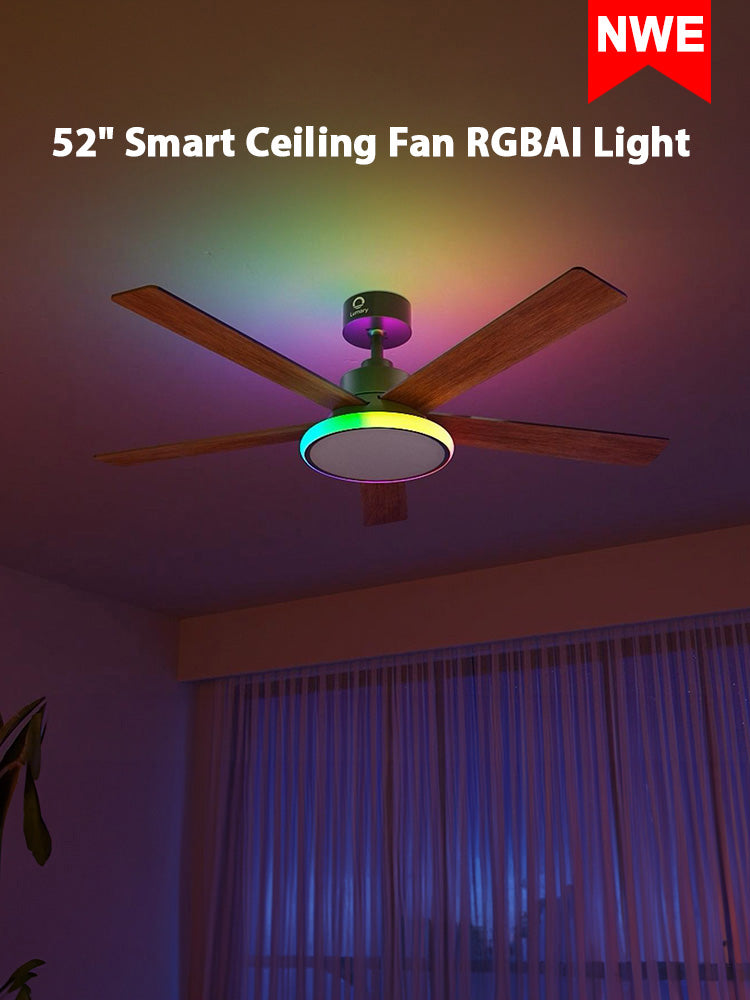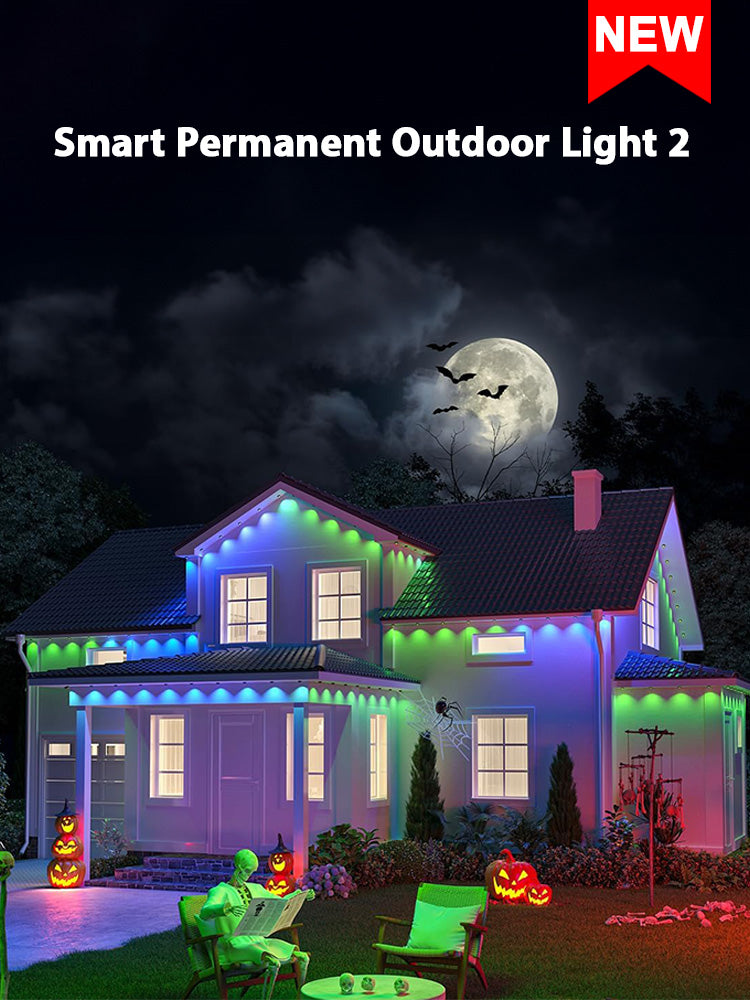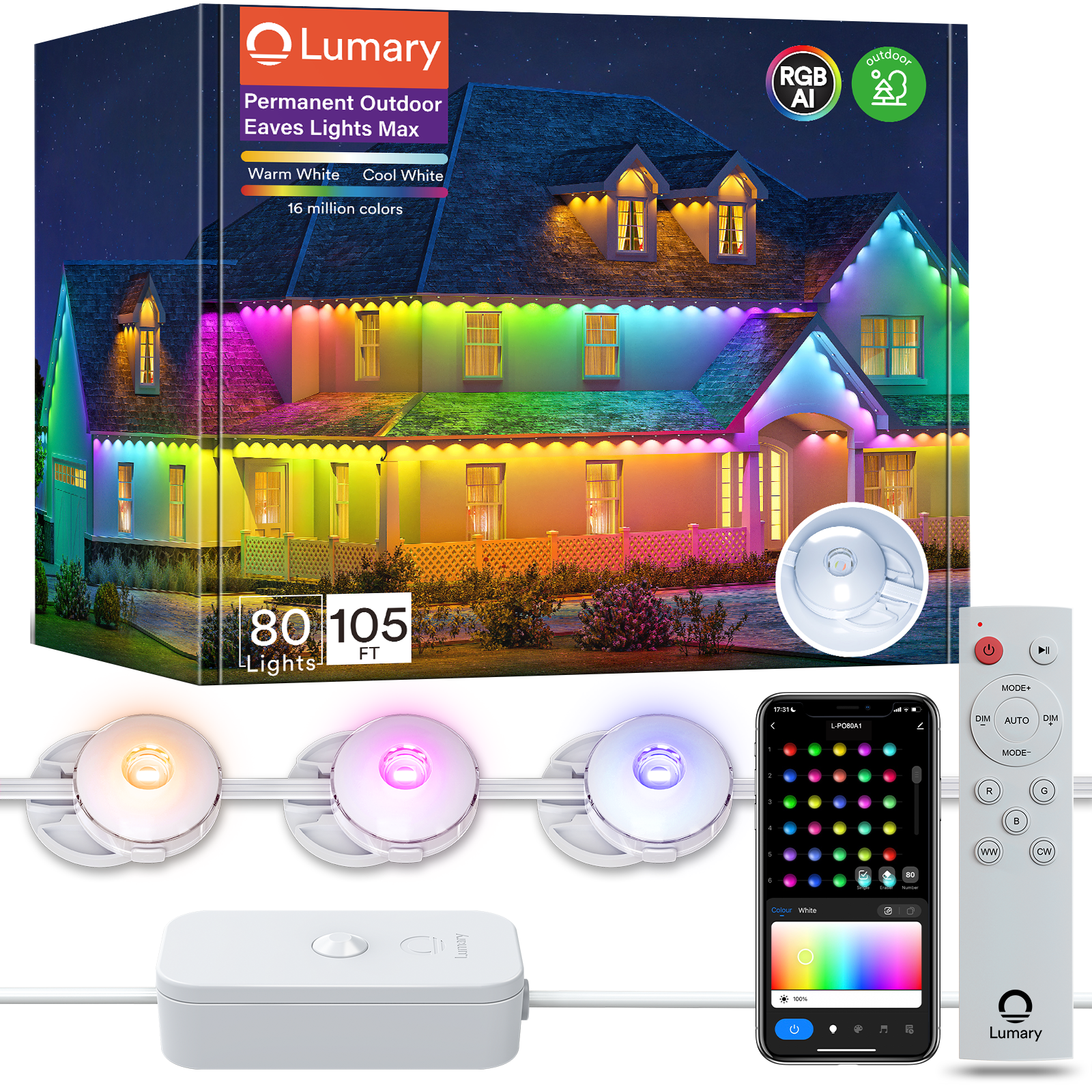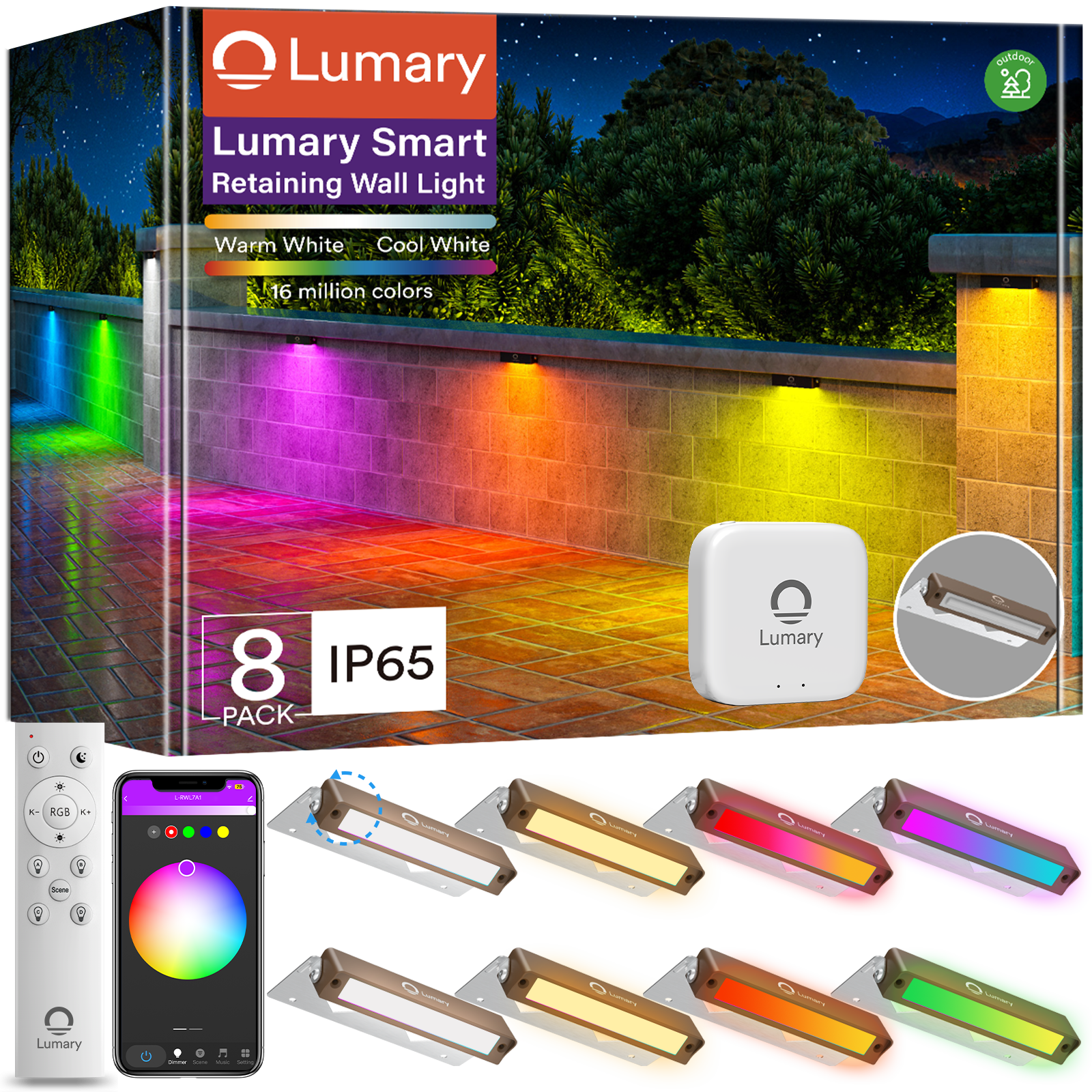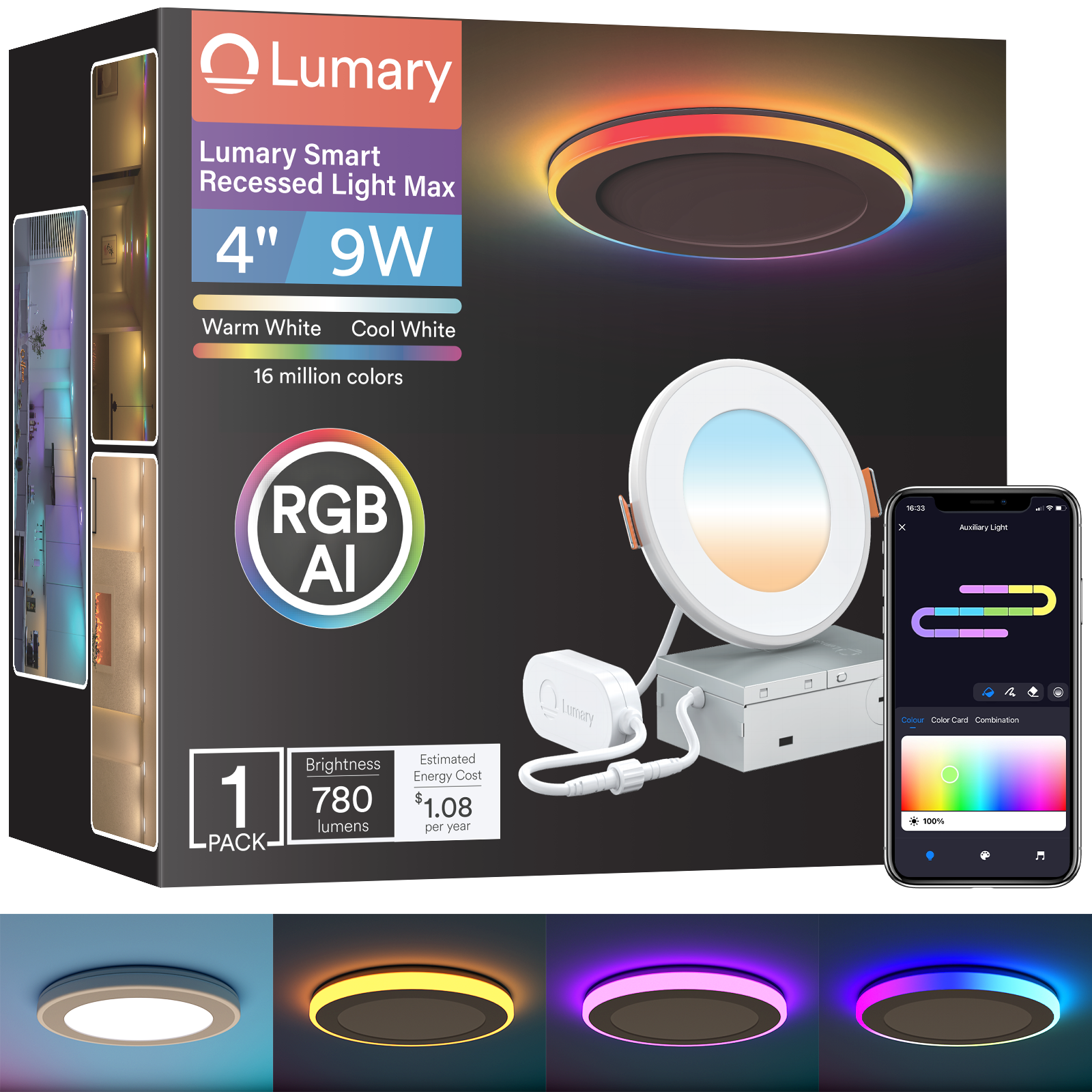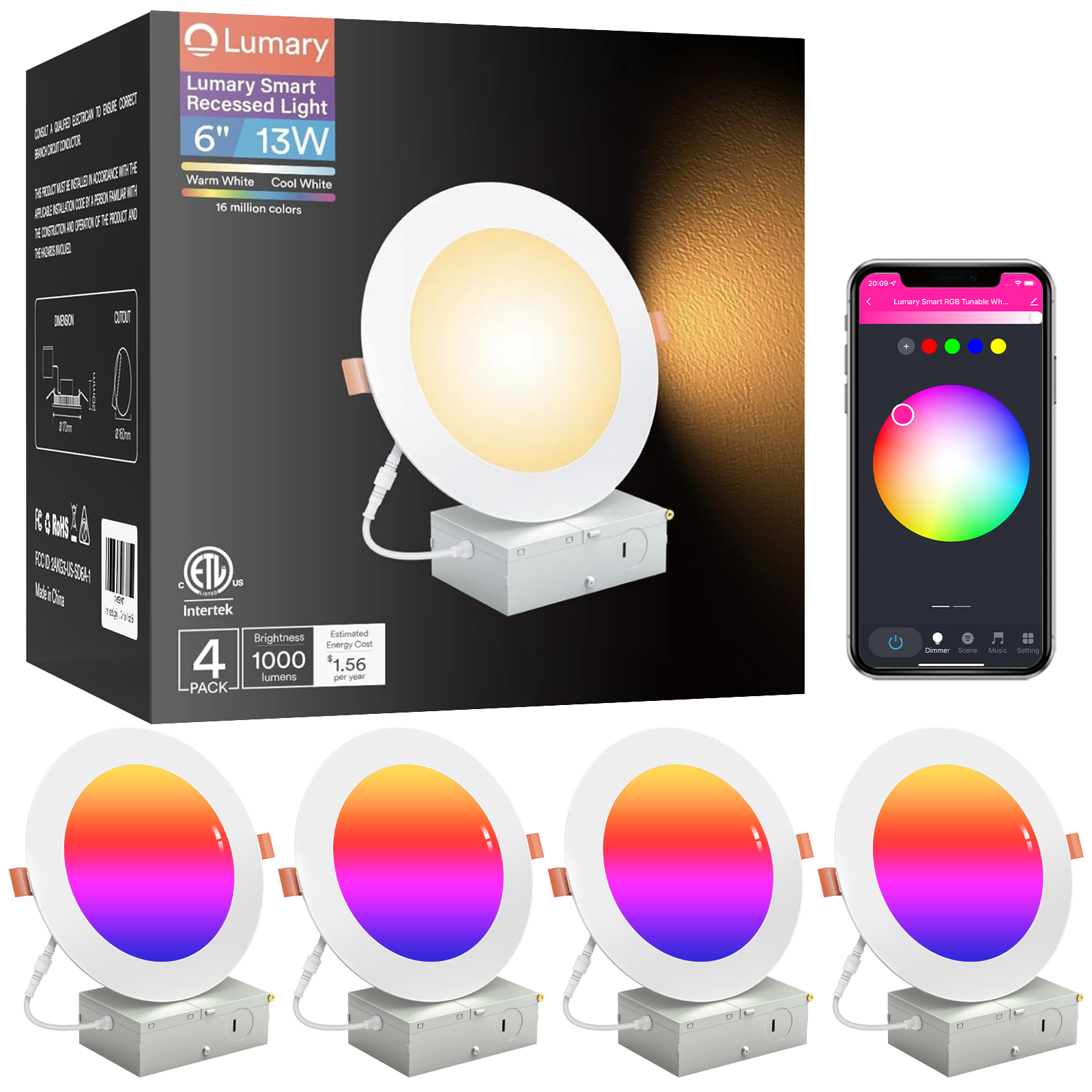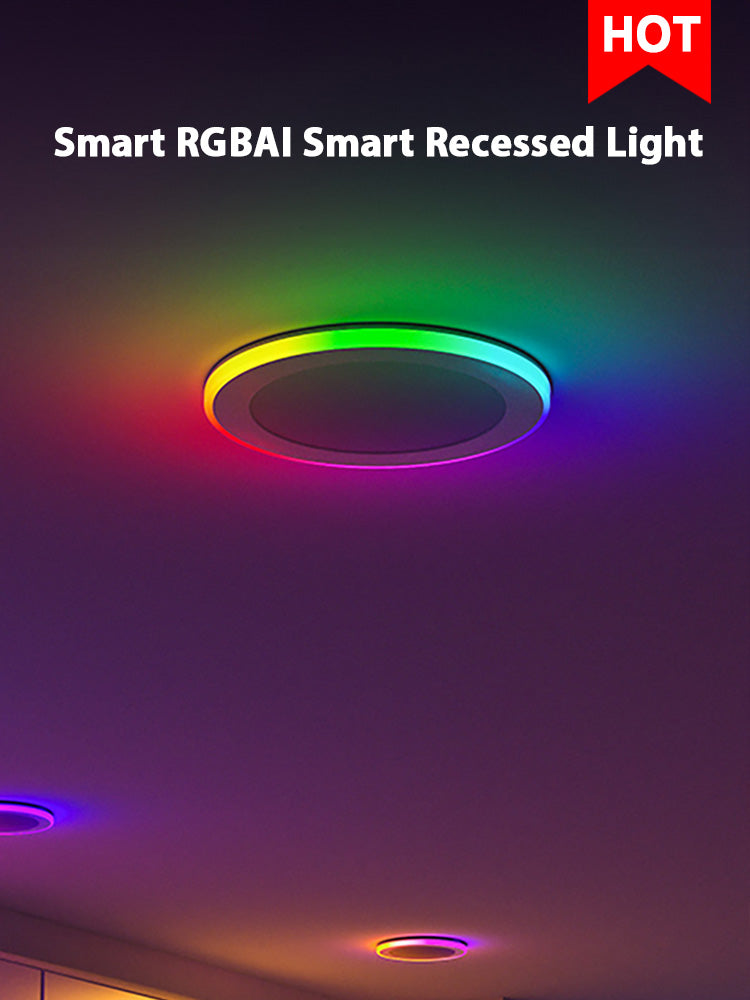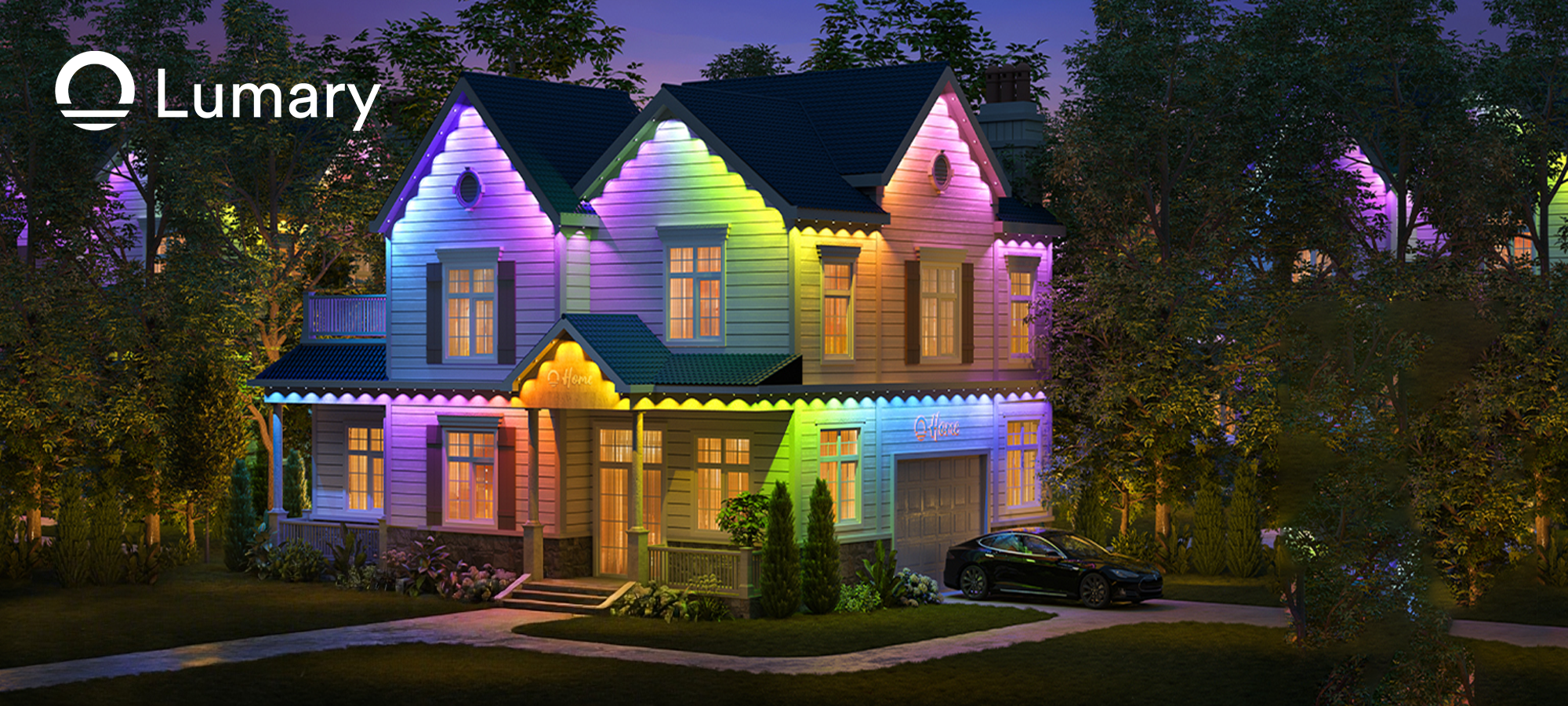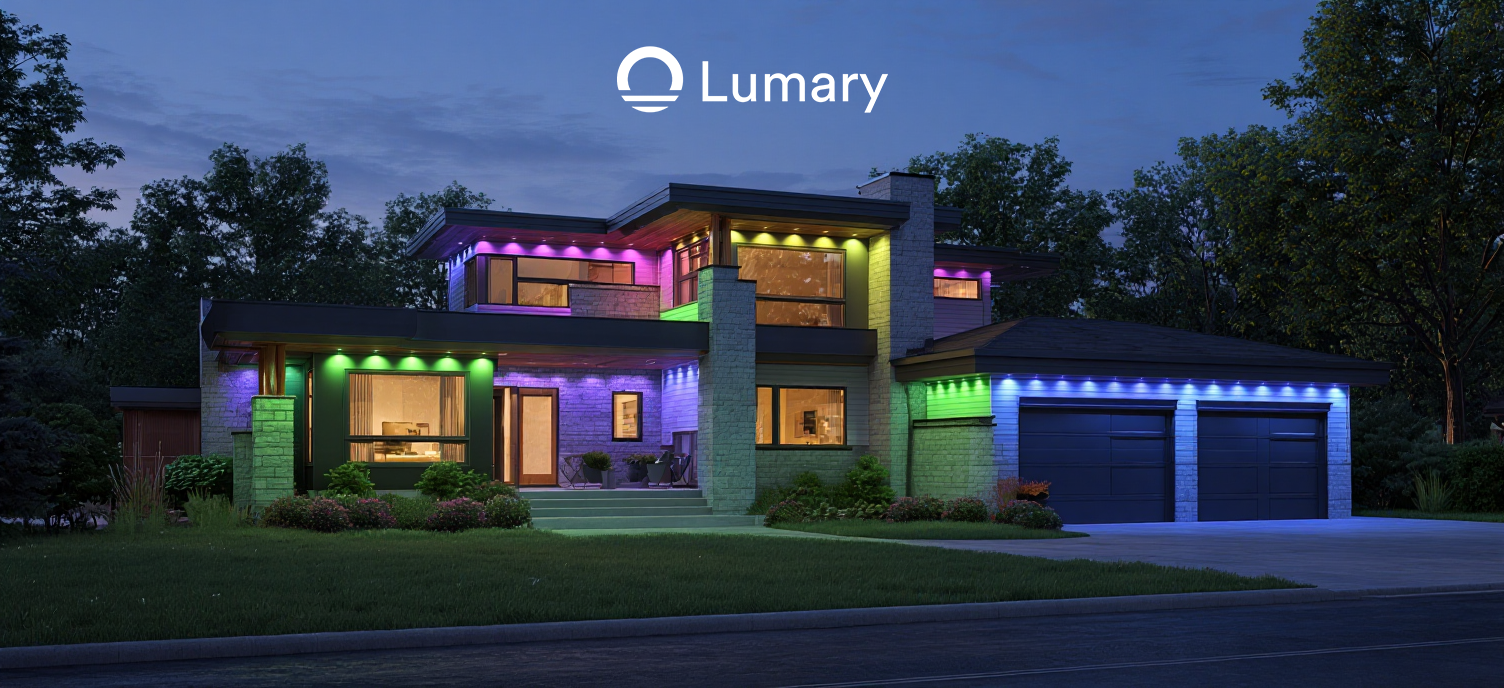Recessed ceiling lights transform any room into a modern masterpiece. These lights offer a sleek and unobtrusive design that fits seamlessly into your ceiling. You get to enjoy a clutter-free look while enhancing the ambiance of your space. The benefits of installing recessed ceiling lights are numerous. Energy efficiency tops the list, especially with LED options dominating the market. These lights also provide versatility in lighting design, allowing you to highlight specific areas or create an overall glow. With a growing market and a projected CAGR of 10.5% from 2024 to 2031, recessed lighting remains a popular choice for homeowners.
Preparation for Installing Recessed Ceiling Lights

Safety Precautions
Understanding electrical safety
Safety should be your top priority when installing recessed ceiling lights. Electrical work can be dangerous if you don't follow the right precautions. Always make sure to understand the basics of electrical safety. This includes knowing how to handle wires and tools properly. You should also be aware of potential hazards like exposed wires and faulty connections.
Importance of turning off power
Before you start any installation, turn off the power at the circuit breaker. This step is crucial to prevent electrical shocks or accidents. Double-check that the power is off by using a voltage tester. This simple tool can save you from serious injury. Remember, safety comes first in every project.
Tools and Materials Needed
List of essential tools
Gathering the right tools makes the installation process smoother. Here's a list of essential tools you'll need:
-
Voltage tester
-
Wire stripper
-
Hole saw or drywall saw
-
Screwdriver
-
Measuring tape
-
Ladder
Having these tools on hand will help you complete the job efficiently and safely.
Recommended materials for installation
Choosing the right materials is just as important as having the right tools. You'll need:
-
Recessed light fixtures
-
IC-rated housings (if insulation is nearby)
-
LED-compatible kits for energy efficiency
-
Electrical wiring
-
Wire connectors
Proper planning and selection of materials ensure a successful installation. Make sure to seal any holes properly to protect your lights.
Cost Considerations
Budgeting for the project
Budgeting is an essential part of any home improvement project. Consider the cost of materials and tools. If you already have some tools, you might save money. However, purchasing quality materials is crucial for a lasting installation. Plan your budget accordingly to avoid unexpected expenses.
Potential additional costs
Keep in mind potential additional costs that may arise. You might need a permit for installing new recessed lighting. Check with your local authorities to see if this applies to your project. Hiring a professional might be necessary if you encounter complex electrical issues. Factor these possibilities into your budget to ensure a smooth installation process.
Planning the Installation of Recessed Ceiling Lights
Choosing the Right Location
Factors to consider for placement
Choosing the right spot for recessed ceiling lights can make or break the room's ambiance. First, think about the room's purpose. A kitchen needs bright, focused lighting over work areas, while a living room benefits from softer, ambient light. Measure the ceiling height to determine how far apart to place the lights. Divide the ceiling height by two to get the ideal spacing. For example, an 8-foot ceiling should have lights spaced about 4 feet apart. Consider any architectural features like beams or vents that might obstruct the light. Avoid placing lights too close to walls to prevent harsh shadows.
Avoiding common placement mistakes
Avoiding common mistakes ensures a smooth installation process. Don't place lights directly above seating areas; this creates uncomfortable glare. Ensure even spacing to avoid dark spots or overly bright areas. Use a template to mark the ceiling before cutting. This step helps visualize the final layout and prevents errors. Always double-check measurements to ensure accuracy. Mistakes at this stage can lead to costly repairs or rework.
Selecting the Right Fixtures
Types of recessed lights
Selecting the right fixtures involves understanding different types of recessed ceiling lights. Expert Testimony: Unknown Lighting Design Expert emphasizes the importance of choosing the correct type for your needs. Standard options include baffle trim, which reduces glare, and eyeball trim, which allows directional lighting. Consider adjustable fixtures for highlighting artwork or architectural features. LED options offer energy efficiency and long-lasting performance. Choose IC-rated housings if insulation is present to prevent fire hazards.
Matching fixtures to room style
Matching fixtures to the room's style enhances the overall design. Modern spaces benefit from sleek, minimalist trims. Traditional rooms might require decorative trims with intricate details. Consider the color temperature of the bulbs. Warm tones create a cozy atmosphere, while cool tones offer a clean, modern look. The Lumary Smart RGBAI Can Light offers customizable colors and temperatures, making it a versatile choice for any room. The ability to control lighting through smart home systems adds convenience and flexibility.
Step-by-Step Installation Guide for Recessed Ceiling Lights

Marking the Ceiling
Measuring and marking for accuracy
Start by measuring the ceiling to ensure accurate placement of the recessed ceiling lights. Use a tape measure to determine the distance between each light. Mark the spots with a pencil. This helps in visualizing the layout before making any cuts. Make sure to double-check your measurements to avoid any mistakes. Accurate markings prevent unnecessary adjustments later.
Ensuring even spacing
Even spacing is crucial for a balanced look. Divide the ceiling height by two to find the ideal distance between lights. For example, if the ceiling is 8 feet high, space the lights 4 feet apart. Use a level to ensure straight lines between marks. This step guarantees that the lights will distribute evenly across the room. Proper spacing enhances the overall ambiance.
Cutting the Ceiling
Tools for cutting
Gather the necessary tools for cutting the ceiling. A hole saw or drywall saw works best for this task. Ensure the saw matches the size of the recessed light housing. A keyhole saw can also be useful for more precise cuts. Having the right tools makes the job easier and cleaner.
Techniques for a clean cut
Use the marked spots as a guide for cutting. Start by drilling a small pilot hole in the center of each mark. This helps guide the saw for a clean cut. Carefully cut along the outline with steady hands. Remove any loose particles after cutting. This ensures the light fits snugly into its opening. If the hole is too large, consider using goof ring trims to cover imperfections.
Wiring the Lights
Connecting wires safely
Safety is paramount when wiring the lights. First, ensure the power is off at the circuit breaker. Use a wire stripper to remove insulation from the electrical cables. Connect the wires according to the manufacturer's instructions. Secure the connections with wire connectors. This prevents any loose wires or faulty connections.
Testing connections
After wiring, test the connections to ensure everything works properly. Turn the power back on and use a voltage tester to check the current. If the lights don't work, double-check the connections. Make sure all wires are secure and correctly matched. Testing ensures the lights function safely and efficiently.
Installing the Fixtures
Securing fixtures in place
Time to secure those recessed ceiling lights in their new home. Start by gently pushing the fixture into the hole you cut earlier. Make sure the fixture fits snugly without forcing it. A snug fit ensures stability and prevents any wobbling. Use the clips or springs that come with the fixture to lock it into place. These clips expand behind the drywall, holding the light securely. Double-check that each clip is properly engaged to avoid any future mishaps. If the fixture feels loose, remove it and adjust the clips before trying again. A secure fixture means peace of mind and a professional finish.
Adjusting for alignment
Alignment is key for a polished look. Stand back and check if the fixtures line up with each other. Use a level to ensure that each light sits flush with the ceiling. Misaligned lights can throw off the room's symmetry and affect the lighting distribution. If a fixture appears crooked, gently adjust it until it aligns perfectly. Sometimes, a slight twist or repositioning of the clips can make all the difference. Consistent alignment enhances the overall aesthetic and functionality of your recessed ceiling lights. Properly aligned lights create a harmonious and inviting atmosphere in any room.
Finalizing the Installation of Recessed Ceiling Lights
Testing the Lights
Ensuring proper functionality
Time to see those recessed ceiling lights in action. Flip the switch and watch the room transform. Check each light to ensure it illuminates as expected. A bright and even glow means success. If any lights flicker or fail to turn on, a closer look is needed. Secure connections and proper wiring are essential for functionality. Double-check all connections if issues arise. A properly functioning light setup enhances the room's ambiance.
Troubleshooting common issues
Encountering a problem? No worries. Common issues include flickering lights or no power. Start by checking the circuit breaker. Ensure that it is not tripped. If everything seems fine there, inspect the wiring. Loose connections often cause flickering. Tighten any loose wires with care. A faulty bulb might also be the culprit. Swap it out with a new one to test. Persistent issues may require professional help. Safety and functionality are top priorities.
Cleaning Up
Removing debris
Installation can get messy. Cleaning up ensures a tidy finish. Gather all tools and materials. Dispose of any leftover packaging or cutouts. A vacuum helps remove dust and debris from the floor. Pay attention to the area around the lights. Dust can settle on the fixtures during installation. A quick wipe with a soft cloth keeps them looking pristine. Clean surroundings enhance the room's appeal.
Final inspection
A final inspection wraps up the project. Step back and admire the new lighting setup. Check each fixture for alignment and stability. Ensure that all clips hold the lights securely. A level confirms that everything sits flush with the ceiling. Look for any visible gaps or imperfections. Adjustments might be necessary for a perfect finish. A thorough inspection guarantees satisfaction and peace of mind. Enjoy the transformation that recessed ceiling lights bring to your space.
Additional Considerations
FAQs
Common questions about recessed lighting
Got some questions about recessed lighting? You're not alone. Many folks wonder about the best type of recessed lights for their home. LED options often come up as a top choice due to energy efficiency and longevity. Another common question involves spacing. Remember, dividing the ceiling height by two gives you the ideal distance between fixtures. Folks also ask about dimming capabilities. Most modern recessed lights support dimming, but check compatibility with your dimmer switch.
Solutions to frequent problems
Running into issues with your recessed lights? No worries, solutions are often straightforward. Flickering lights usually mean loose connections. Tighten those wires and see if that helps. If a light doesn't turn on, check the bulb first. Sometimes, a simple replacement does the trick. Persistent problems might need a professional touch. Carlos from Right Way Lighting has a reputation for solving tricky lighting issues with ease. His expertise ensures that your lighting setup works perfectly.
When to Call a Professional
Identifying complex situations
Thinking about tackling recessed lighting yourself? That's great! But some situations call for a pro. Complex wiring setups or outdated electrical systems can pose challenges. If you're unsure about the electrical layout, it's wise to consult an expert. Carlos and his team at Right Way Lighting handle such complexities with skill and precision. Their experience ensures a safe and efficient installation.
Benefits of professional installation
Why consider professional installation? The benefits are clear. Professionals bring expertise and creativity to the table. Carlos, for instance, offers innovative ideas to enhance your home's lighting. His work transforms spaces like entry halls and kitchens into beautifully lit areas. Plus, professionals ensure a clean and tidy finish. Right Way Lighting's team leaves no mess behind, giving you a hassle-free experience. Hiring a pro saves time and guarantees a polished result.
You have now mastered the art of installing recessed ceiling lights. The step-by-step guide simplifies the process, making it accessible for any DIY enthusiast. Embrace the challenge and transform your space with your own hands. Recessed lighting offers numerous benefits, including energy efficiency and a sleek design that enhances any room's ambiance. Professionals from Parker & Sons emphasize the importance of safety and compliance with standards. Vision Lighting experts recommend precision in installation for optimal results. Enjoy the satisfaction of a well-lit home that reflects your personal style.

